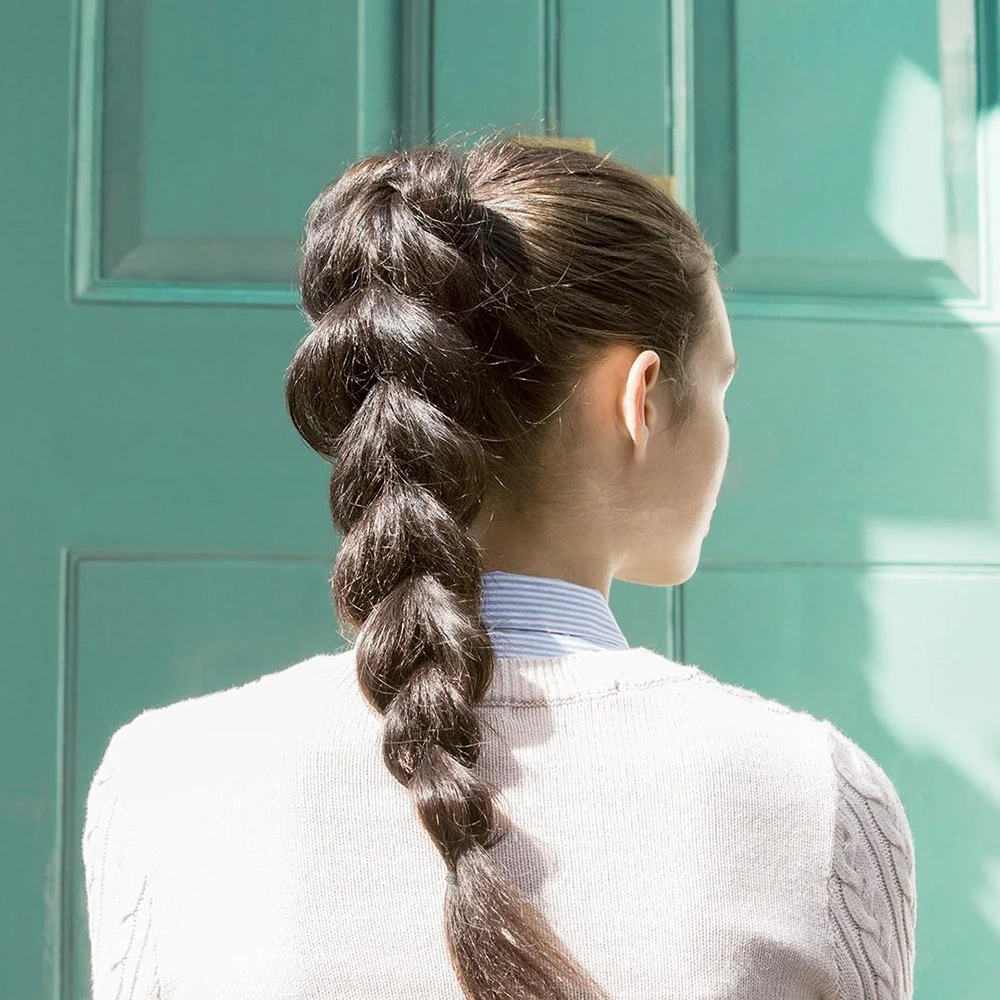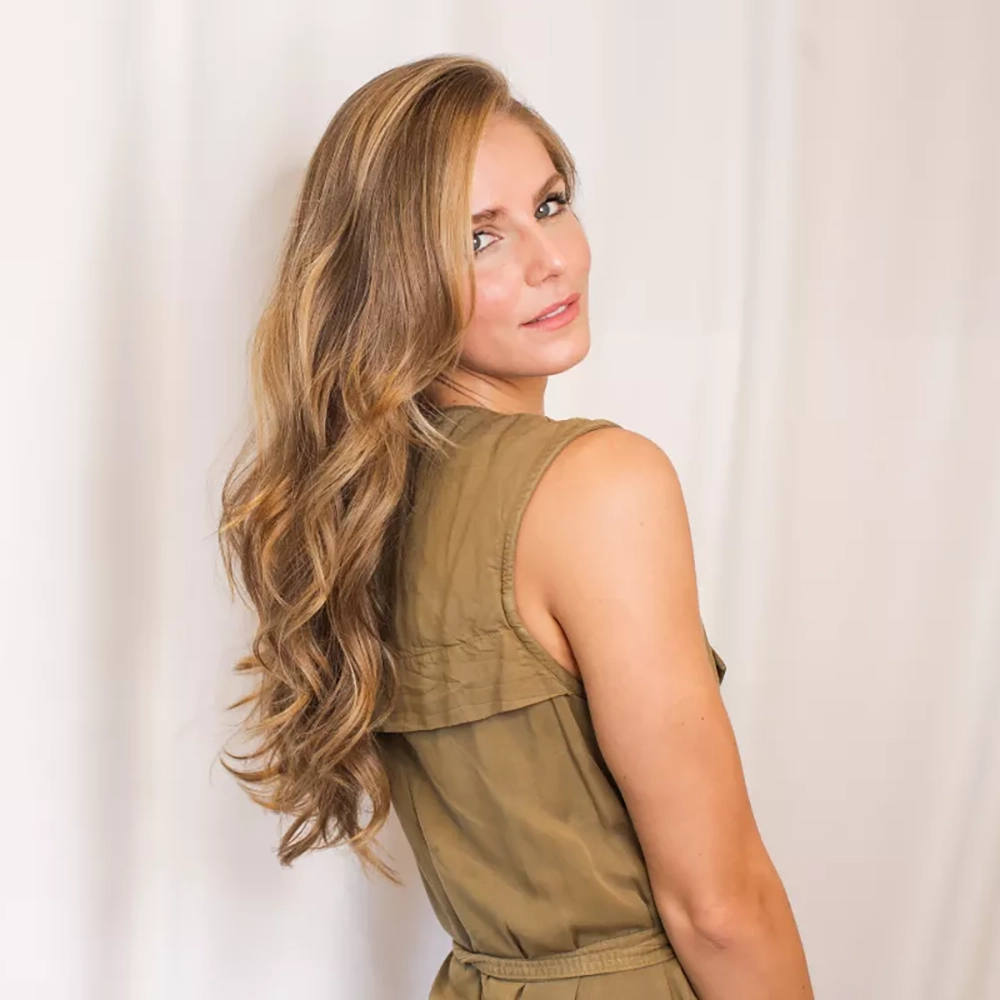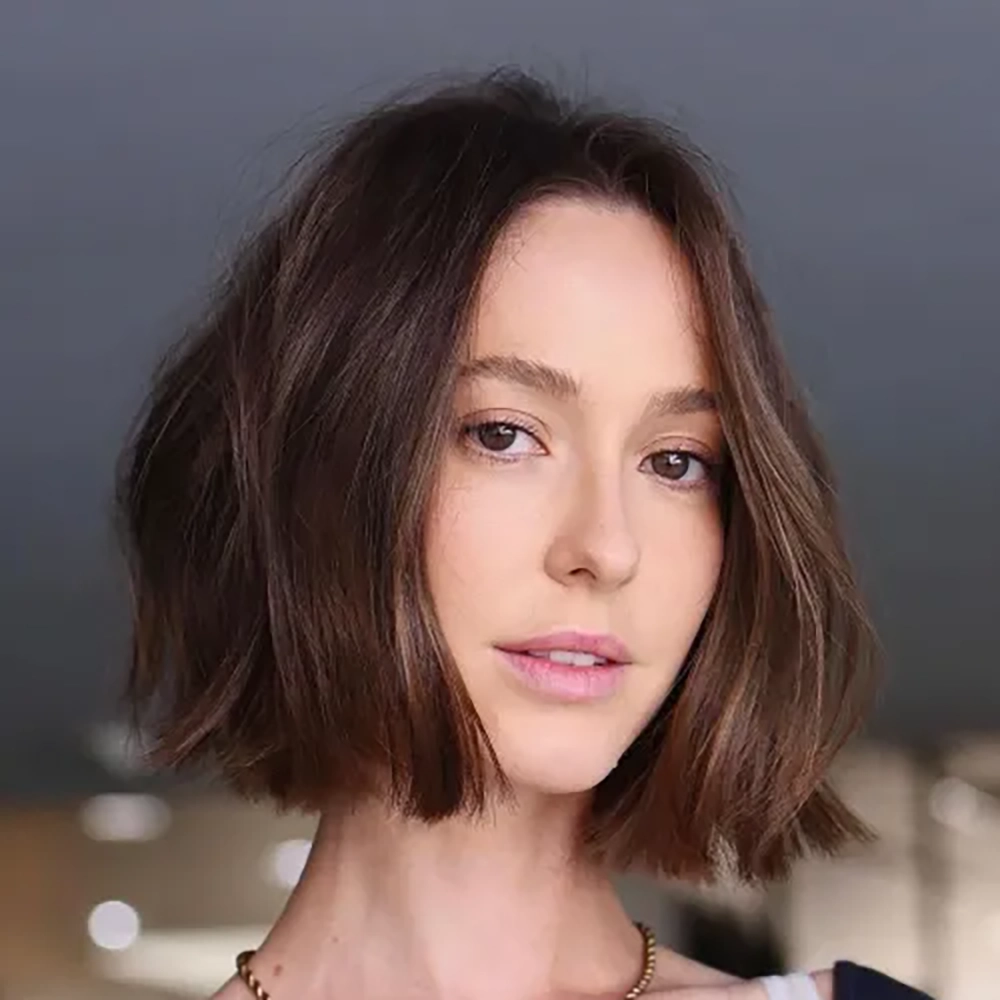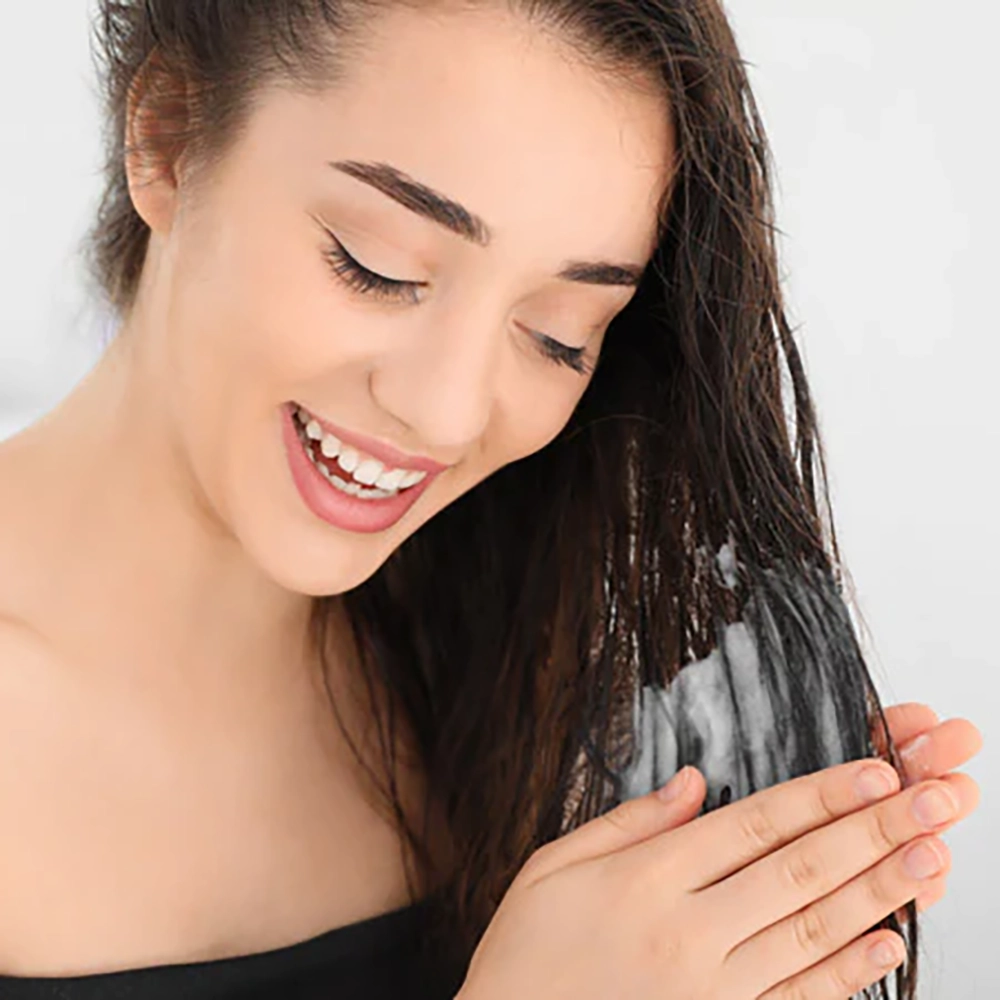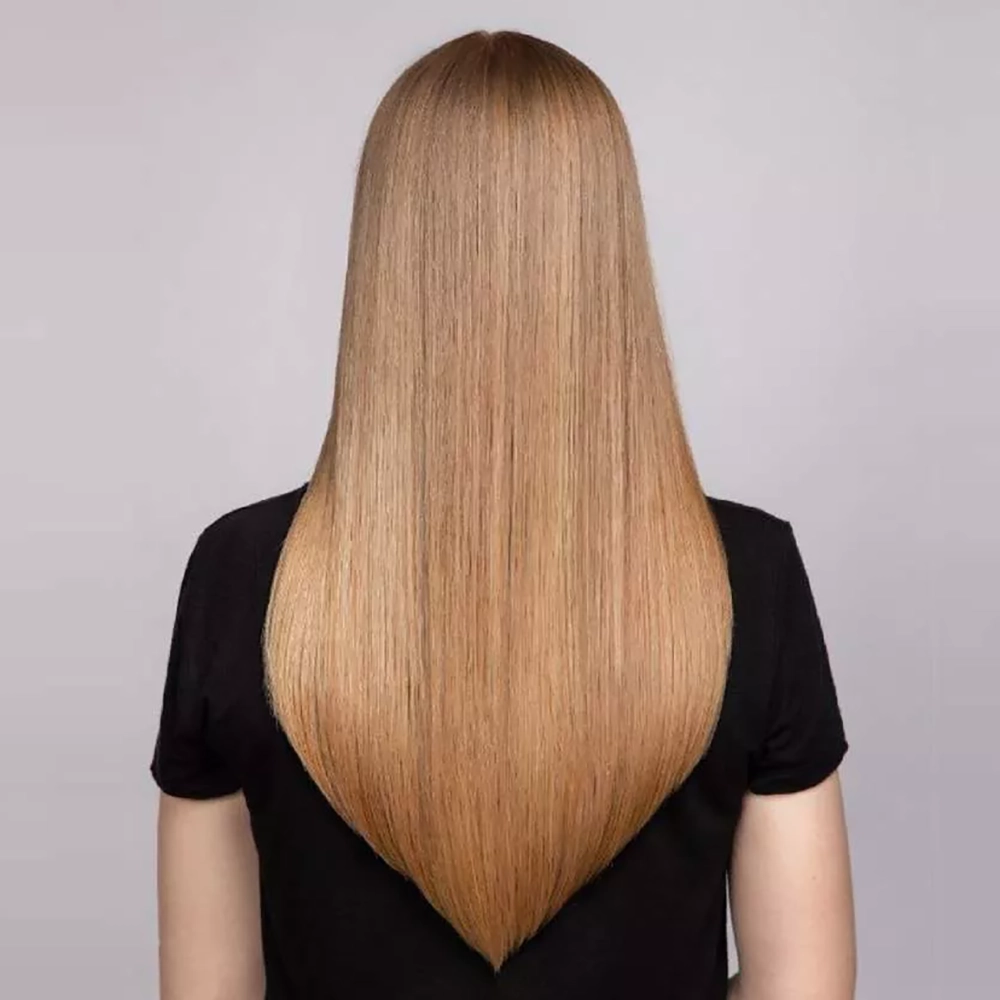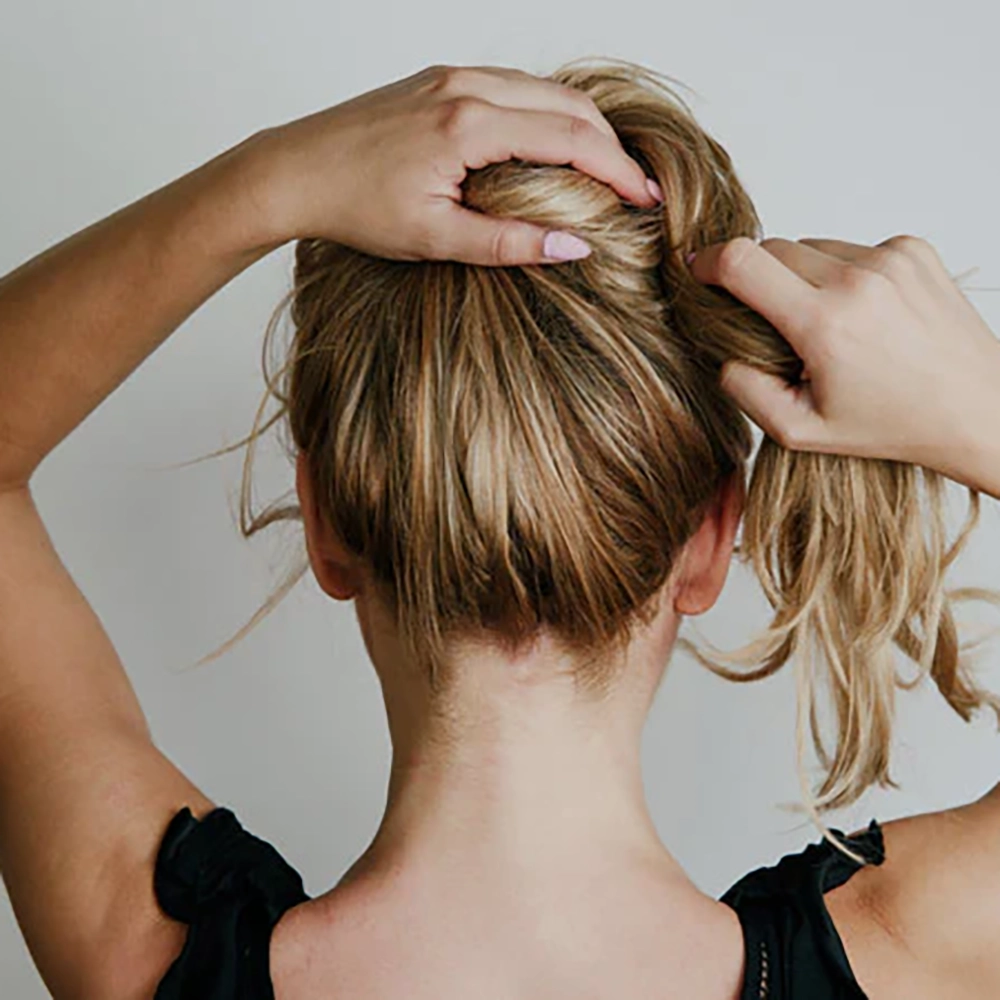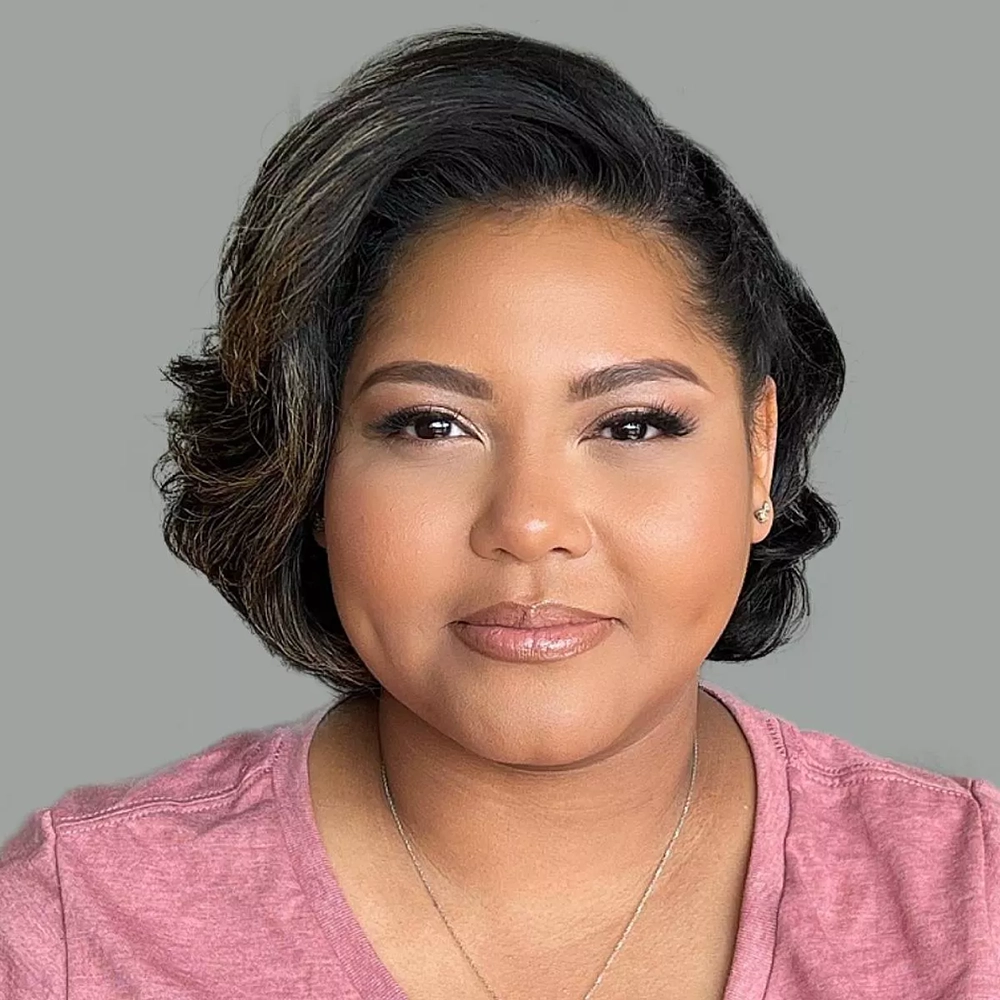Understanding thin hair and fringes
When it comes to thin hair, it can be a real struggle to achieve the desired hairstyle. Thin hair can lack volume and can be difficult to style. However, there is a solution that can add a touch of style and volume to your thin hair – fringes. Fringes not only add a stylish element to your hair but they can also create an illusion of thickness. In this blog post, we will delve deeper into understanding thin hair and fringes.
Thin hair is characterized by having fewer hair strands per square inch. This lack of density can make the hair look flat and lackluster. People with thin hair often face challenges when trying to style their hair, as it can be difficult to achieve volume and texture. However, fringes can be a game-changer for those with thin hair. Fringes are the sections of hair that fall over the forehead, and they can be styled in various ways to suit different face shapes and hair textures.
When it comes to understanding thin hair and fringes, it is important to consider certain factors. Firstly, the length of the fringes is crucial. Shorter fringes tend to add more volume and can create an illusion of thickness. On the other hand, longer fringes can be more versatile and can be styled in different ways. Secondly, the placement of the fringes is significant. Side-swept fringes, for example, can add volume to the sides of the hair and create a fuller look. Blunt cut fringes, on the other hand, can give the hair a denser appearance.
Texture plays a vital role in creating the illusion of thickness for thin hair. Textured fringes, such as feathered or choppy fringes, can add movement and dimension to the hair. These types of fringes can also make the hair appear fuller and more voluminous. Additionally, layered fringes are another great option for thin hair. Layered fringes can add depth and dimension, making the hair look thicker. The layers can also help to create a natural flow and movement in the hair.
When choosing the right fringe style for your face shape, it is essential to consider the balance and proportions. Different face shapes require different fringe styles to enhance their features. For example, people with round faces may benefit from side-swept or asymmetrical fringes, as they can create the illusion of length. Those with square faces may opt for softer, textured fringes to soften the angles of their face. It’s important to consult with a hairstylist to find the perfect fringe style for your face shape.
Factors to consider for thin hair fringes
When it comes to styling thin hair with fringes, there are several factors that need to be considered in order to achieve the desired look. Thin hair can be challenging to work with, as it lacks volume and fullness. However, with the right techniques and considerations, it is possible to create beautiful fringes that enhance the overall appearance of thin hair.
1. Hair Texture: The texture of thin hair plays a crucial role in determining the type of fringes that would work best. Thin hair that is straight and fine may require different styling techniques compared to thin hair that is wavy or curly. It is important to understand your hair texture and choose a fringe style that complements it.
2. Face Shape: Another important factor to consider when choosing fringes for thin hair is the shape of your face. Different fringe styles can either enhance or detract from your facial features. For example, side-swept fringes can soften angular faces, while textured fringes can add width to long faces. It is essential to select a fringe style that flatters your face shape.
3. Maintenance: It is essential to consider the level of maintenance required for the chosen fringe style. Thin hair often requires extra care and attention to maintain its appearance. Some fringe styles may require regular trimming to prevent them from becoming too thin or sparse. Others may need styling products or tools to maintain their shape. Consider your lifestyle and commitment to maintenance before selecting a fringe style.
4. Hair Length: The length of your hair can also impact the suitability of certain fringe styles. While fringes can be added to any hair length, it is important to choose a style that works well with your overall haircut. For shorter hair, shorter fringes may work better, whereas longer fringes can be more versatile for medium to long hair.
5. Consult a Professional: If you are unsure about which fringe style would work best for your thin hair, it is always a good idea to consult a professional hairstylist. They can assess your hair type, texture, face shape, and desired look to recommend a fringe style that will enhance your thin hair.
| Factors to Consider for Thin Hair Fringes |
|---|
| 1. Hair Texture |
| 2. Face Shape |
| 3. Maintenance |
| 4. Hair Length |
| 5. Consult a Professional |
Considering these factors can help you make an informed decision when choosing fringes for thin hair. By taking into account your hair texture, face shape, maintenance requirements, hair length, and seeking professional advice if needed, you can achieve beautiful and flattering fringes that enhance the overall appearance of your thin hair. Experiment with different styles and find the one that makes you feel confident and stylish.
Side-swept fringes for adding volume
When it comes to styling thin hair, finding the right fringe can make a world of difference. One popular option is side-swept fringes, which not only add a touch of glamour to your look but also help create the illusion of volume. So, if you have thin hair and want to add some oomph to your hairstyle, side-swept fringes might just be the answer.
Side-swept fringes are designed to be swept to one side, creating a soft and romantic look. This style works particularly well for thin hair as it adds the appearance of volume and fullness. By positioning the fringe diagonally across the forehead, it helps to create the illusion of thicker hair. The asymmetrical placement draws attention away from the thinness of the hair and instead accentuates the face, adding an element of elegance to the overall hairstyle.
When considering side-swept fringes for adding volume, there are a few factors to keep in mind. Firstly, the length of the fringe is crucial. Ideally, it should be long enough to reach your eyebrows or slightly below, as this provides the desired volume and coverage. Secondly, consider the texture of your hair. If you have naturally straight hair, you can achieve a sleek and polished look with side-swept fringes. However, if you have wavy or curly hair, you can embrace the natural texture by opting for a less structured and more tousled style.
- Choose a side parting for your fringe to create a more pronounced sweep.
- Use a round brush when blow-drying your fringe to add extra volume.
- Consider using a volumizing spray or mousse to give your hair that extra lift.
- Avoid heavy styling products that can weigh down your hair and make it appear flat.
- Don’t forget to regularly trim your fringe to maintain its shape and prevent it from becoming too heavy.
Another advantage of side-swept fringes is their versatility. They work well with various face shapes, including round, oval, square, and heart-shaped. The softness and diagonal placement of the fringe help to frame the face and create a more balanced appearance. Pairing side-swept fringes with layers or textured ends can further enhance the volume and dimension of your hairstyle.
| Face Shape | Side-Swept Fringe |
|---|---|
| Round | Avoid cutting the fringe too short and opt for a longer, sweeping style for a lengthening effect. |
| Oval | Almost any side-swept fringe style will suit your face shape. Experiment with different lengths and textures to find your perfect match. |
| Square | Try a soft and wispy side-swept fringe to complement the angles of your face and soften your overall look. |
| Heart-shaped | Opt for a side-swept fringe that starts slightly higher on the forehead to balance out the width of your forehead. |
Side-swept fringes are not only a fashionable choice but also a practical one for those with thin hair. They provide the illusion of added volume and can transform your look in an instant. So, if you’re looking to amp up your hairstyle and boost your confidence, give side-swept fringes a try.
Blunt cut fringes for a fuller look
Blunt cut fringes are a popular choice for individuals with thin hair who are looking to achieve a fuller, more voluminous look. By opting for a blunt cut rather than a layered or textured style, you can create the illusion of thickness and density in your fringe.
One of the main factors to consider when choosing blunt cut fringes is the length. Ideally, the fringe should hit just above the eyebrows or slightly below, as this length helps to frame the face and add definition. Additionally, the blunt edge of the fringe creates a clean and sharp look that adds fullness to the hairline.
Another advantage of blunt cut fringes is their versatility. They can be worn with various hair lengths and textures, making them suitable for a wide range of individuals. Whether you have long, short, straight, or wavy hair, blunt cut fringes can enhance your overall appearance and give you a fuller look.
Factors to consider for blunt cut fringes:
1. Hair Texture: Blunt cut fringes work well with straight or slightly wavy hair. However, if you have curly hair, it may require more styling and maintenance to achieve the desired look.
2. Face Shape: Consider your face shape when choosing the width and shape of your blunt cut fringe. For example, if you have a round face, a wider and more angular fringe can help create a more balanced look.
3. Styling Routine: Blunt cut fringes require regular trims to maintain their shape and length. Additionally, styling products and tools such as a flat iron or round brush may be necessary to achieve the desired fullness and volume.
| Advantages of Blunt Cut Fringes: | Disadvantages of Blunt Cut Fringes: |
|---|---|
|
|
Textured fringes to create the illusion of thickness
Textured fringes are a great option for those looking to create the illusion of thickness in their hair. Whether you have naturally thin hair or just want to add some volume and dimension to your style, textured fringes can be a game changer. So, what exactly are textured fringes and how can they help you achieve that fuller look? Let’s dive in and explore the wonders of textured fringes.
First and foremost, let’s talk about what makes textured fringes different from other types of fringes. Textured fringes are designed to have more movement and a slightly messy appearance, which helps to create the illusion of thickness. Unlike blunt cut fringes, which can make thin hair look even flatter, textured fringes add a sense of body and depth. By strategically cutting the hair at different lengths and angles, the stylist can create texture and volume that gives the impression of thicker hair.
There are several techniques that can be used to achieve textured fringes. One popular method is point cutting, which involves cutting the ends of the hair at various angles instead of straight across. This creates unevenness and texture, making the hair appear fuller. Another technique is razor cutting, where a razor is used to lightly remove sections of hair, resulting in a more textured and layered look. These techniques, along with others, can be combined to achieve the desired effect.
When it comes to styling textured fringes, there are a few tips and tricks to keep in mind. To enhance the illusion of thickness, using a volumizing product at the roots can be helpful. This will give the hair a lift and create more body. Additionally, using a texturizing spray or powder throughout the hair can add even more texture and hold. It’s important to remember that less is more with textured fringes; the goal is to create a natural, effortless look, so avoid over-styling or using too much product.
- Point cutting
- Razor cutting
- Using volumizing products
- Using texturizing spray or powder
| Pros of Textured Fringes | Cons of Textured Fringes |
|---|---|
| Creates the illusion of thickness | Requires regular maintenance |
| Adds movement and dimension | May not be suitable for all face shapes |
| Enhances natural texture | Can be more challenging to style |
Overall, textured fringes are a fantastic option for those wanting to add volume and create the illusion of thicker hair. With the right cutting techniques and styling products, you can achieve a natural and effortless look that will leave you feeling confident and fabulous. So why not give textured fringes a try and see the amazing transformation they can bring to your style?
Layered fringes for added dimension
When it comes to hairstyling, fringes are a popular choice for adding a touch of freshness and personality to any look. Among the various fringe styles, layered fringes have gained considerable attention in recent years. Layered fringes are known for their ability to add dimension and movement to the hair, making them a great option for those with thin hair. Whether you have straight hair or curls, layered fringes can help create the illusion of thickness and give your hairstyle a stylish edge.
One of the key benefits of layered fringes is their ability to add volume to thin hair. By incorporating different lengths of hair within the fringe, layers can give the hair more body and make it appear fuller. The varying lengths create movement and texture, which contributes to the overall voluminous effect. Layered fringes are particularly effective for those with thin hair, as they can help to mask the lack of density and make the hair look thicker and more voluminous.
In addition to the added dimension and volume, layered fringes also offer versatility in styling. Whether you prefer a sleek and polished look or a more tousled and textured style, layered fringes can be adapted to suit your desired aesthetic. The layers can be styled to frame the face or tucked behind the ears for a more streamlined look. This flexibility allows you to experiment with different looks and find the style that complements your face shape and personal style.
When considering layered fringes for added dimension, it’s important to choose the right length and placement for your hair type and face shape. Longer layers can help to elongate the face, while shorter layers can add more width and fullness. It’s also essential to consult with a professional hairstylist who can assess your hair’s condition and recommend the most suitable layered fringe style for you.
To sum up, layered fringes are a fantastic option for those looking to add dimension and movement to their hairstyles. Whether you have thin hair or simply want to switch up your look, layered fringes can give your hair a fresh and stylish update. With their ability to create the illusion of thickness and their versatility in styling, layered fringes are a popular choice among hair enthusiasts. So, if you’re in search of a fringe style that will add dimension and make your hair appear fuller, consider trying out layered fringes to achieve the desired effect.
Choosing the right fringe style for face shape
When it comes to choosing the right fringe style, one of the most important factors to consider is your face shape. The shape of your face plays a significant role in determining which fringe style will best enhance your features and flatter your overall appearance.
Firstly, let’s discuss the different face shapes and their corresponding fringe styles. For individuals with a round face shape, it is advisable to opt for a side-swept fringe. This style helps to create the illusion of length and adds structure to the face. To add volume, you can consider layering the fringe slightly.
For those with an oval face shape, you have the advantage of being able to pull off various fringe styles. However, the most recommended option is a blunt cut fringe. This style not only adds a touch of sophistication but also gives the appearance of fuller and thicker hair.
If you have a square face shape, textured fringes are the way to go. The softness and movement created by this style help to soften the angles of the face and balance out your features. Consider incorporating layers into the fringe for added dimension.
For individuals with a heart-shaped face, a fringe that grazes the eyebrows is an excellent choice. This style helps to draw attention to the eyes and balances out the wider forehead. To add volume and bounce, opt for layered fringes that hit at the cheekbones.
Lastly, if you have a long or rectangular face shape, layered fringes are your best bet. This style helps to create the illusion of width, making your face appear more balanced. Adding layers to the fringe also adds movement and texture, creating a softer look.
| Face Shape | Recommended Fringe Style |
|---|---|
| Round | Side-swept with slight layering |
| Oval | Blunt cut for a fuller look |
| Square | Textured with layers |
| Heart-shaped | Fringe grazing the eyebrows with layers at the cheekbones |
| Long/Rectangular | Layered fringes for added width and softness |
Ultimately, choosing the right fringe style for your face shape is all about balance and enhancing your natural features. By considering your face shape and the recommended fringe styles, you can achieve a look that flatters your face shape and leaves you feeling confident and stylish. Don’t be afraid to experiment and consult with your hairstylist to find the perfect fringe style for you.


